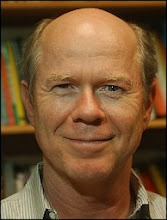Processed Food Linked to Depression
The British Journal of Psychiatry recently published an article showing that a diet heavy in processed and fatty foods increases the risk of depression. Researchers also found that a diet including plenty of fresh vegetables, fruit and fish could help prevent the onset of depression.They compared participants -- all civil servants -- who ate a diet largely based on "whole" foods with a second group who mainly ate fried food, processed meat, high-fat dairy products and sweetened desserts.Taking into account other indicators of a healthy lifestyle such as not smoking and taking physical exercise, those who ate the whole foods had a 26 percent lower risk of depression than those who ate mainly processed foods. People with a diet heavy in processed food had a 58 percent higher risk of depression.The high level of antioxidants in fruits and vegetables could have a protective effect, as previous studies have shown higher antioxidant levels to be associated with a lower risk of depression. Eating lots of fish may protect against depression because it contains high levels of the sort of polyunsaturated fatty acids which stimulate brain activity. They said it was possible that a "whole food" diet protects against depression because of the combined effect of consuming nutrients from lots of different types of food, rather than the effect of one single nutrient. All the more reason to gradually modify your diet to reduce fast foods, all packaged foods, high fat foods, and sugar.

